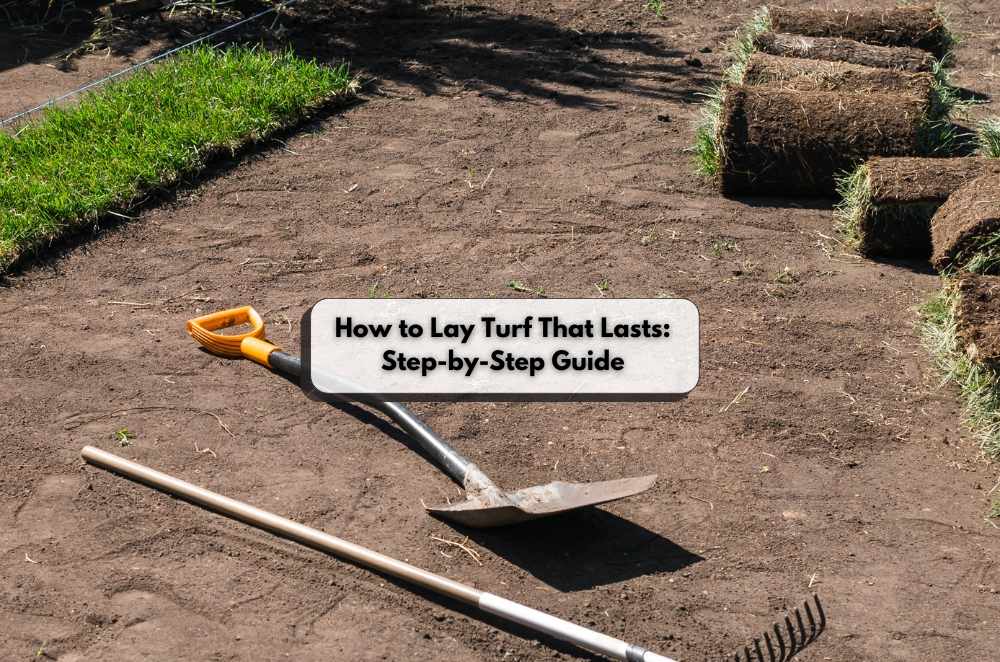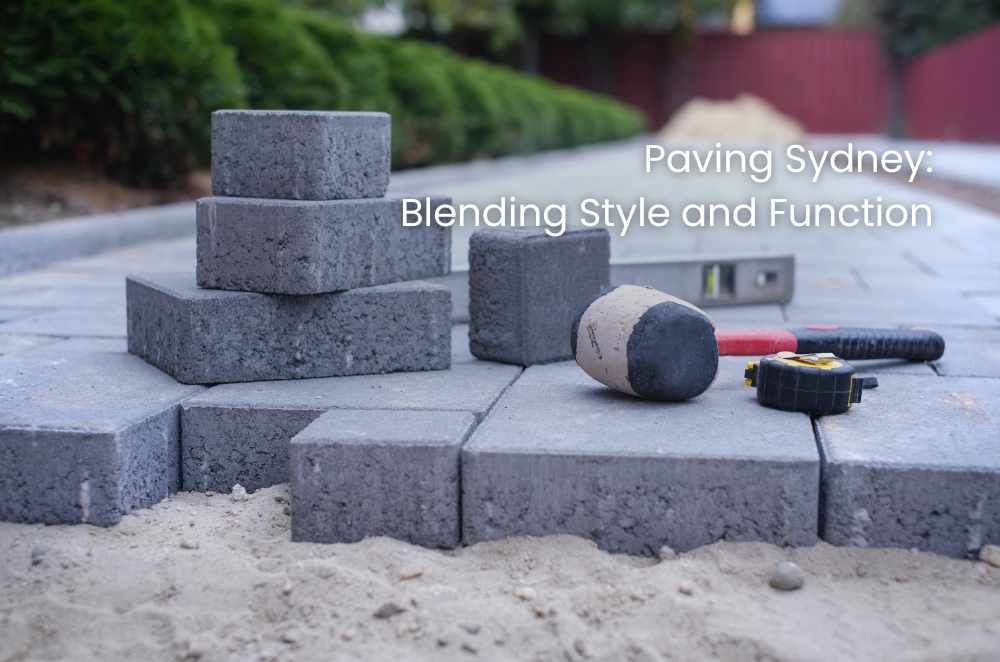
Most backyards don’t need a grand makeover; they need turf appropriately laid and looked after from day one. In Sydney, the lawn that survives heat, weekend wear, and sudden rain is the one that is planned with drainage, soil preparation, and timing in mind. When people weigh DIY against hiring professionals, we steer them to the details that make or break results: base levels, tight joints, and irrigation that actually reaches the roots. If you’re weighing options, the turf laying services Sydney specialists provide deliver clean finishes, fewer wasted rolls, and a lawn that settles fast. Done well, turf roots quickly, looks sharp within weeks, and transforms the outdoor space into an easy-to-live-in area.
What helps new turf root fast?
Intense soil contact, steady moisture, and snug joins. Roll after laying, water immediately, and keep the traffic light for a fortnight.
A firm, free-draining base is non-negotiable. We grade for subtle fall, bed the turf, then roll to press roots into the profile. Early irrigation matters: short daily watering in the first week, tapering after the first tug test. Keep the mower high on the first cut to avoid scalping. Sun-blasted western aspects often need wetting agents; heavy clays appreciate gypsum and patience. Shade complicates things, but careful edging and fewer footpaths across new turf make a visible difference for pre-install tasks, such as weed control, levelling, and moistening the soil. Bank a head start by preparing your lawn for turf before delivery.
• Correct base compaction prevents sinkholes
• Sharp, tight joins stop edges drying out
• Rolling boosts turf-to-soil contact
• Early watering reduces transplant stress
Which turf suits Sydney’s mix of shade and heat?
Pick for conditions, not colour. Buffalo and kikuyu shrug off heat and wear; soft-leaf buffalo tolerates light shade.
Western-facing yards cop with afternoon glare, so heat-tough cultivars recover faster after play and pets. Courtyards with dappled light benefit from soft-leaf buffalo. Sandy profiles respond to organic matter and wetting agents; clays want gypsum and measured levelling. We also plan for stormwater: clean cuts around pavers, permeable edges, and falls that keep water moving. Schedule irrigation for mornings to limit evaporation, then adjust intervals as the roots develop. A simple rule helps: if the grass tears rather than cuts, the mower’s too low or the lawn’s not ready. Keep that first fortnight calm: detour traffic, rotate sprinklers, and skip heavy furniture until joints disappear.
• Match variety to shade and usage
• Shape drainage away from hardscape
• Amend soil to suit the cultivar
• Mow high on the first passes
How do you know when the lawn’s ready to show off?
Wait for the tug test to pass, edges to knit, and colour to hold through a warm afternoon. Then raise the mower notch and give it a gentle run.
From there, maintenance becomes simple. Water less often but more deliberately, feed with a light, slow-release fertiliser, and keep blades sharp to avoid bruising the leaves. Edges give away problems first, so trim neatly and watch for gaps near paths and play zones. If you’re tempted to DIY the next stage, such as new beds, paver lines, or patching, go slowly. Most setbacks can be traced back to base levels, messy joins, or irrigation that never reaches the root zone. Want a sanity check before rolling up the sleeves? Avoid familiar DIY turf laying mistakes.











Write a comment ...